
Formula E: Vandoorne wins for the first time in three years
The eighth and ninth stages of the Formula E season are taking place this weekend at the Tokyo city circuit, and the capital of Japan did not greet the participants of the electric car racing championship very hospitably.
It rained so heavily on Saturday morning that it was impossible to qualify in such conditions, so it had to be canceled. But as the start time approached, the rain gradually subsided, and the chances that both the viewers and the wet fans in the stands would see the race gradually increased.
According to the rules of Formula E, the starting field in such a situation is formed based on the results of the second practice session, which meant that Oliver Rowland, the Nissan racer leading in the individual standings of the series, would start from pole position.
It turns out that the Nissan team took into account the weather factor and, knowing what kind of weather was expected, tried to show a good time in training, which also took place on a wet track, so the riders have already adapted to such conditions to some extent.
So, Oliver's red and white Nissan electric car was on pole, Mahindra driver Edorado Mortara started from the second position, and Rowland's partner Norman Nato and Taylor Barnard, a young, fast and talented McLaren driver, started the race from the second row. Moreover, he is so fast that he overdid it yesterday in training, which crashed the car, but by Saturday the team managed to repair it.
It is also worth mentioning that the third row is lined up with the cars of Nick Devries, a partner of Mortara, and the Envision team's electric car with tail number 16, which is driven by the most experienced Sebastien Buemi, the winner of the recent race in Monaco.
By the time of the start, the rain had almost stopped, but there was still a lot of water on the track, so the race management decided that the start would take place behind the safety car, which in Formula E is the Porsche Taycan electric car.
So, the racers were waiting for 35 laps on a winding 2,575 m long track, each of which had to overcome 18 turns. However, since the peloton started behind the safety car, they had to drive fewer laps at a fighting pace, which meant that the battery charge was consumed less.
But even when the participants of the race were driving at a relatively low speed behind an electric safety car, it was clear that it was not so easy for them to keep the cars on a slippery track. Moreover, rain tires are not used in Formula E – in any conditions, cars are equipped with almost ordinary all-weather Hankook tires.
The peloton followed the safety car for four laps, after which it was decided that the start would still be given in the traditional way, i.e. from the spot. Since Formula E cars have an all-wheel drive transmission starting this season, they should be able to handle such conditions more or less normally.
And the start really went off without any special incidents, Rowand retained the lead, as did Mortara, but Barnard immediately made his way to the third position.
Buemi almost immediately chose to use the high-power mode, which allowed him to get ahead of Nato, and the Swiss was already fourth, and then third, because Sebastien bypassed Barnard in the straight. But at the same time, Taylor, although he lost his position, kept almost close behind the green Envision electric car.
However, this did not last long, because the Attack Mode activated the Mortar, for which he had to move off the trajectory, so Buemi got a second one. the position. However, Edorado regained it on the next lap.
On lap 10, de Vries and Barnard started an interesting duel, their cars took several turns side by side, but Taylor still remained fourth.
Starting this season, a mandatory pit stop, the so-called Pit Boost, is carried out at the dual stages of Formula E, i.e. during a short stop in the pits, the batteries are rapidly recharged, and this circumstance, of course, affects the tactics of the race.
On lap 13, Max Gunther's DS Penske car stopped on the track for some reason, and the race was suspended with red flags. All the other participants returned to the pits. But in this situation, a closed park mode is being introduced, so charging the batteries is not allowed, and everyone was waiting for Gunther's car to be evacuated.
But even before the race was neutralized, Stoffel Vandoorne managed to visit the Maserati Pit Boost team's pits, after which he rolled back to the tail of the peloton, but since everyone else still had to make a mandatory pit stop, this could provide him with a clear tactical advantage in the future.
The restart was given from the spot, there were more than 20 laps ahead, and since the energy consumption on the wet track was somewhat lower, there was no special need to save battery power. Moreover, everyone except Vandoorne had to make a pit stop.,
There were no incidents at the restart, Rowland retained the lead, however, as did the entire top five. At that time, it became known that the stewards were investigating the actions of the Andretti team, which decided to hold a Pit Boost for Jake Dennis even before the restart, but it was suspected that the pit lane was closed at that time.
But in the case of de Vries' pit stop on lap 17, everything was correct.: Nick recharged the batteries and returned to the track in 20th position. Some other riders followed his example, but the top three remained on the track for the time being, with Rowland reactivating Attack Mode in the hope of increasing the gap from the rivals.
The director of the broadcast showed an episode that happened some time ago, when DeVries was returning to the track.: it turns out that there was a very tough contact between him and Mitch Evans (Jaguar), fragments of carbon fiber flew from the cars, but both continued the race for now.
On lap 21, the stewards' decision regarding Dennis became known: black flag! That is, Andretti's driver was disqualified precisely because the team invited him into the pits when the pit lane was closed. The question of why she acted like that remained unanswered. Did you really not foresee how severe the sanctions would be?
There were 12 laps left before the finish, more and more drivers turned into the pit lane to conduct an express battery recharge, and only Evans did not return from the Jaguar pits. It turned out that his car had suffered too much damage during the collision with Mahindra de Vries, incompatible with the continuation of the race.
10 laps before the finish, the top ten also went to the pit stop, so the balance of power changed, but it was clear that the picture was not final, because the new leader, Pascal Wehrlein (Porsche), was not in the pits yet. Nick Cassidy, the unlucky Evans' teammate, was not there either, which meant that Stoffel Vandoorne was soon to lead the race!
Which happened on lap 28, with his lead over Rowland, who was riding second, being almost 18 seconds. By the way, the advantage could have been even greater, but Stoffel's Maserati turned around in the 2nd corner of the track. There were no special consequences, but Vandoorne definitely lost about five seconds, although he continued to lead confidently.
With five laps to go, the top five looked like this: Vandoorne– Rowland–Barnard–Mortara – Buemi. The leader of the individual standings, Oliver Rowland, in the hope of reducing the gap from Stoffel, activated the high-power mode for the last time, but he was still more than 16 seconds away from Maserati.
And then it turned out that the race management had increased the distance by three more laps, compensating for what was lost behind the safety car, which meant that the riders would have a little more time to sort things out.
The last few laps turned into a sprint, especially since the track was clearly starting to dry out, although there was still water on the asphalt in places, so the riders had to act cautiously. But this did not apply to everyone: Jean-Eric Vergne desperately fought his way forward and beautifully overtook Robin Frijns, rising to 9th position, after which he rushed in pursuit of de Vries.
On the last lap, Barnard caught up with Rowland and tried to attack, but Oliver fought back. Meanwhile, the race finished, and Stoffel Vandoorne won it, which was made possible precisely thanks to Maserati's very successful tactics. By the way, this is the Belgian's first victory since 2022, when he won the race in Monaco.
Stoffel even knocked down the number 1 plate when he stopped in the pit lane, but that's excusable. Oliver Rowland took second place, which allowed him to increase his personal advantage to an impressive 60 points, while Taylor Barnard finished third, his fourth podium of the season.
Tokyo will host the second race of the Japanese weekend on Sunday, with sunny and hot weather forecast, so we can expect fewer adventures on the track tomorrow. However, as we know, the more adventures, the more interesting.
Other articles
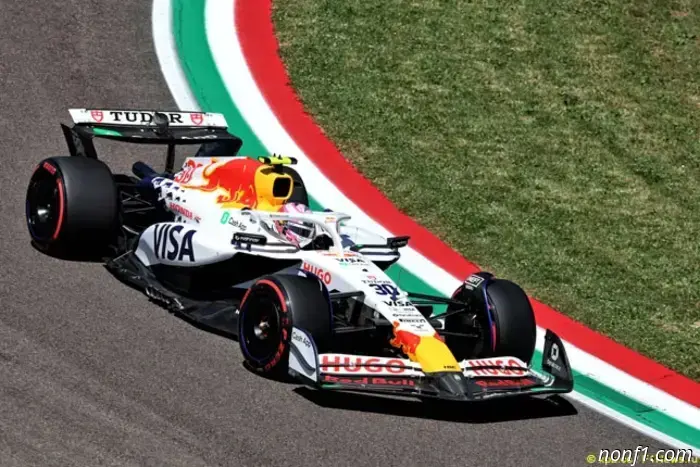 Lawson: We will try to reach the final of the qualification
Racing Bulls tested new items at Imola on Friday. Isaac Hajjar and Liam Lawson used different settings, and Isaac's option turned out to be preferable. On Saturday, Liam intends to use the partner option.
Lawson: We will try to reach the final of the qualification
Racing Bulls tested new items at Imola on Friday. Isaac Hajjar and Liam Lawson used different settings, and Isaac's option turned out to be preferable. On Saturday, Liam intends to use the partner option.
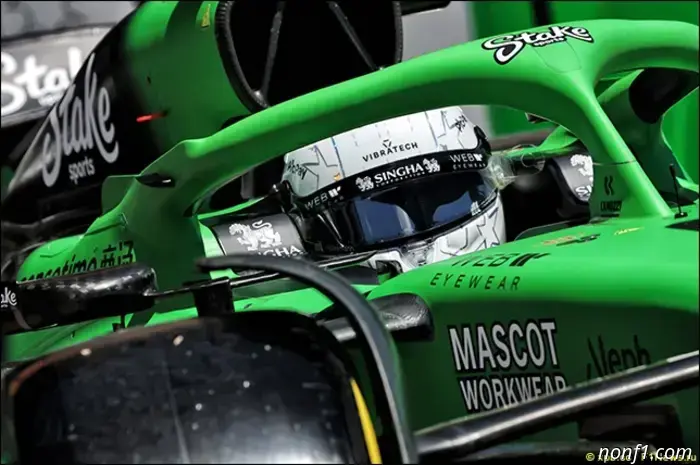 Nico Hulkenberg: We need to increase our speed.
In the first practice session, the Sauber drivers rounded out the top ten, but in the second they could not add along with the rest.…
Nico Hulkenberg: We need to increase our speed.
In the first practice session, the Sauber drivers rounded out the top ten, but in the second they could not add along with the rest.…
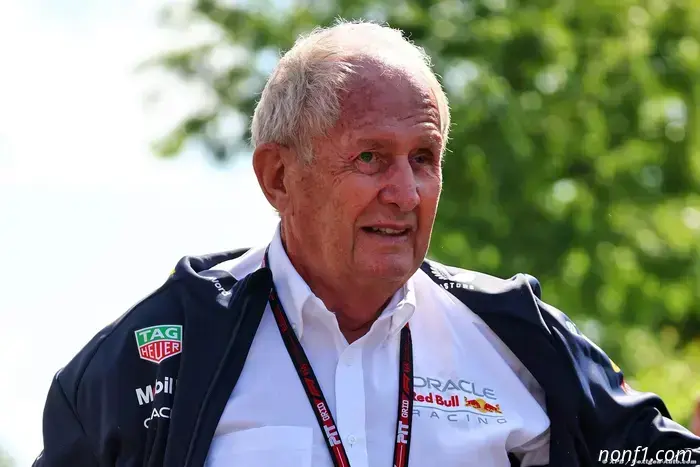 Marko: Fifth Verstappen title is becoming 'unrealistic'
Formula 1 | Max Verstappen's prospects for achieving a fifth consecutive world championship are increasingly looking unfeasible. This is the candid acknowledgment from Red Bull (…)
Marko: Fifth Verstappen title is becoming 'unrealistic'
Formula 1 | Max Verstappen's prospects for achieving a fifth consecutive world championship are increasingly looking unfeasible. This is the candid acknowledgment from Red Bull (…)
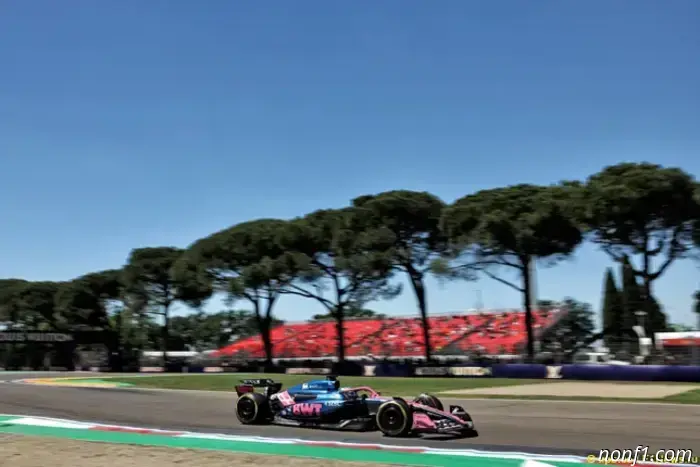 Pierre Gasly knocked down a rabbit during a training session in Imola
An unpleasant incident occurred with Pierre Gasly at the end of the first session of the free races of the Emilia-Romagna Grand Prix. A rabbit ran out onto the track in front of the Frenchman's car, and the Alpine racer could not avoid a collision.
Pierre Gasly knocked down a rabbit during a training session in Imola
An unpleasant incident occurred with Pierre Gasly at the end of the first session of the free races of the Emilia-Romagna Grand Prix. A rabbit ran out onto the track in front of the Frenchman's car, and the Alpine racer could not avoid a collision.
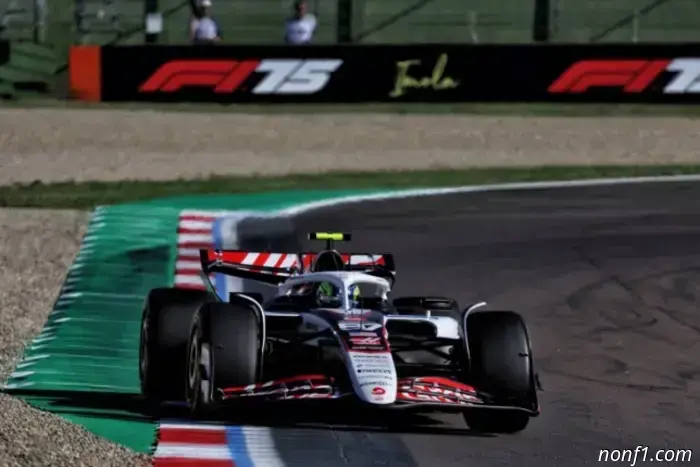 Berman: I feel confident, that's a good sign.
Oliver Berman is quite happy with the performance of the upgraded Haas machine, but his partner, Esteban Ocon, is clearly doing worse, and the team has yet to figure it out...
Berman: I feel confident, that's a good sign.
Oliver Berman is quite happy with the performance of the upgraded Haas machine, but his partner, Esteban Ocon, is clearly doing worse, and the team has yet to figure it out...
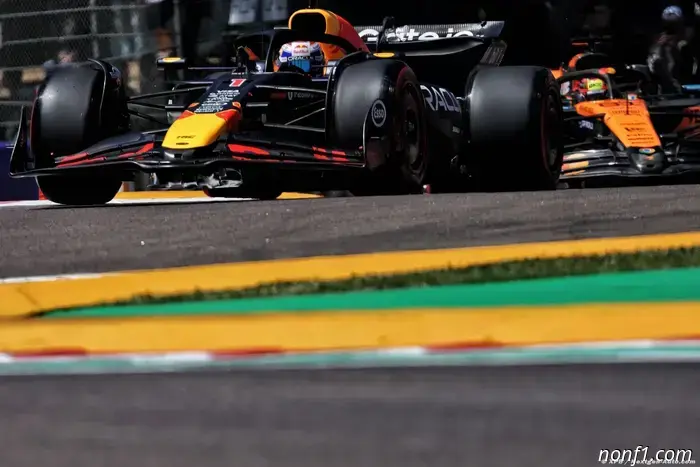 Verstappen acknowledges that he might depart from Red Bull.
Formula 1 | For the first time, Max Verstappen has acknowledged that he is not fully committed to remaining with Red Bull Racing for the upcoming year. Team advisor Dr. Helmut (…)
Verstappen acknowledges that he might depart from Red Bull.
Formula 1 | For the first time, Max Verstappen has acknowledged that he is not fully committed to remaining with Red Bull Racing for the upcoming year. Team advisor Dr. Helmut (…)
Formula E: Vandoorne wins for the first time in three years
The first double stage race in Tokyo was won by Stoffel Vandoorne, who won the Formula E title in 2022...
